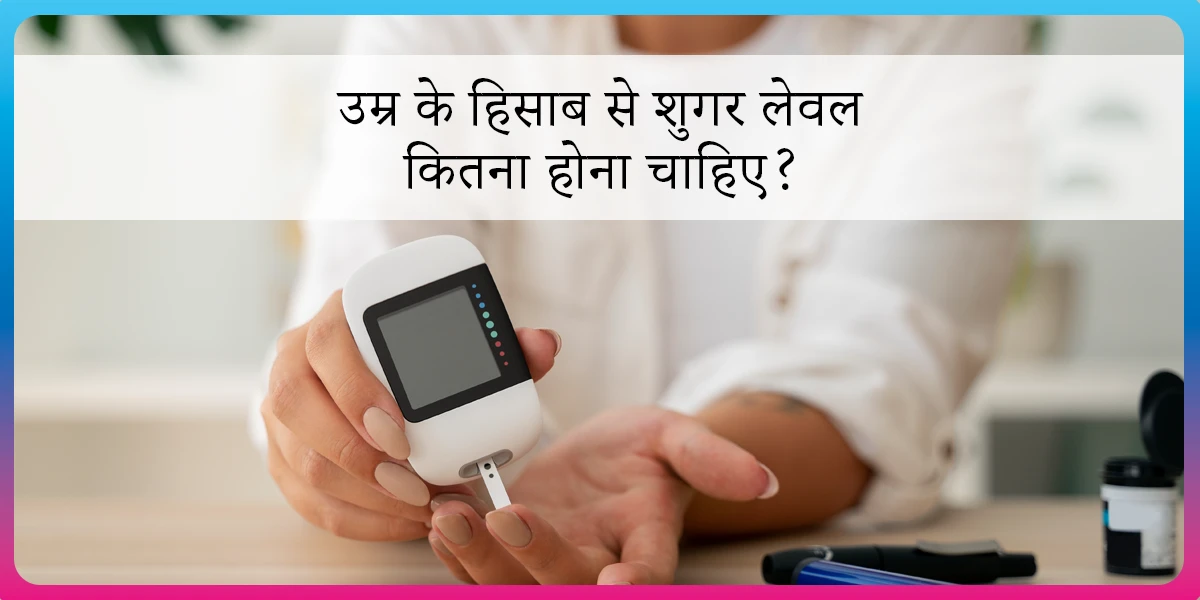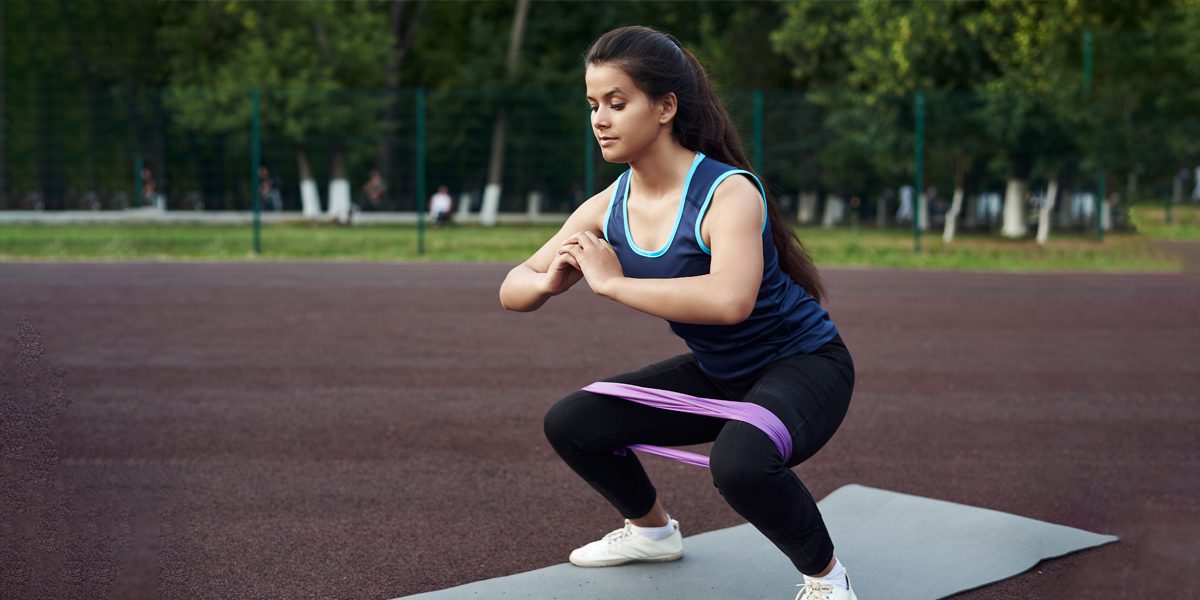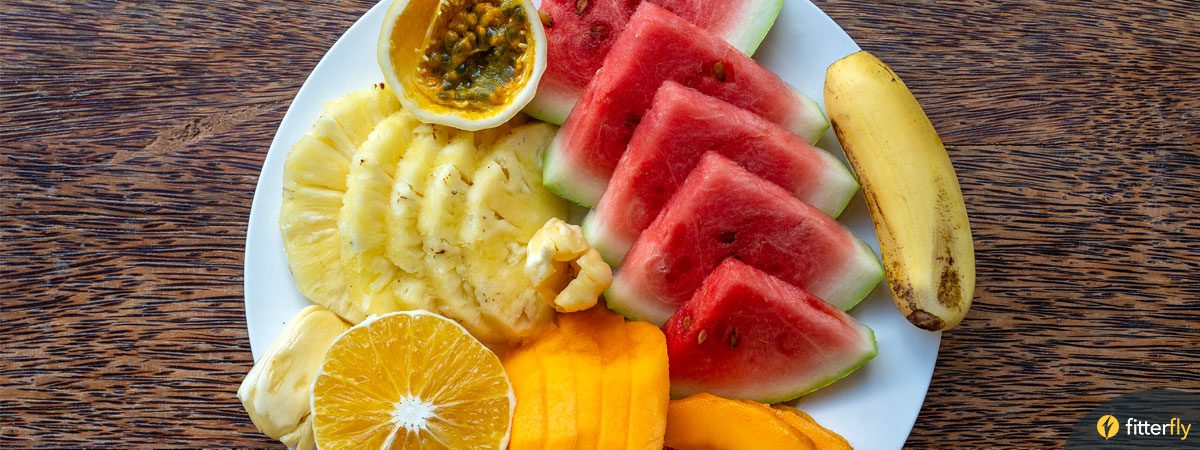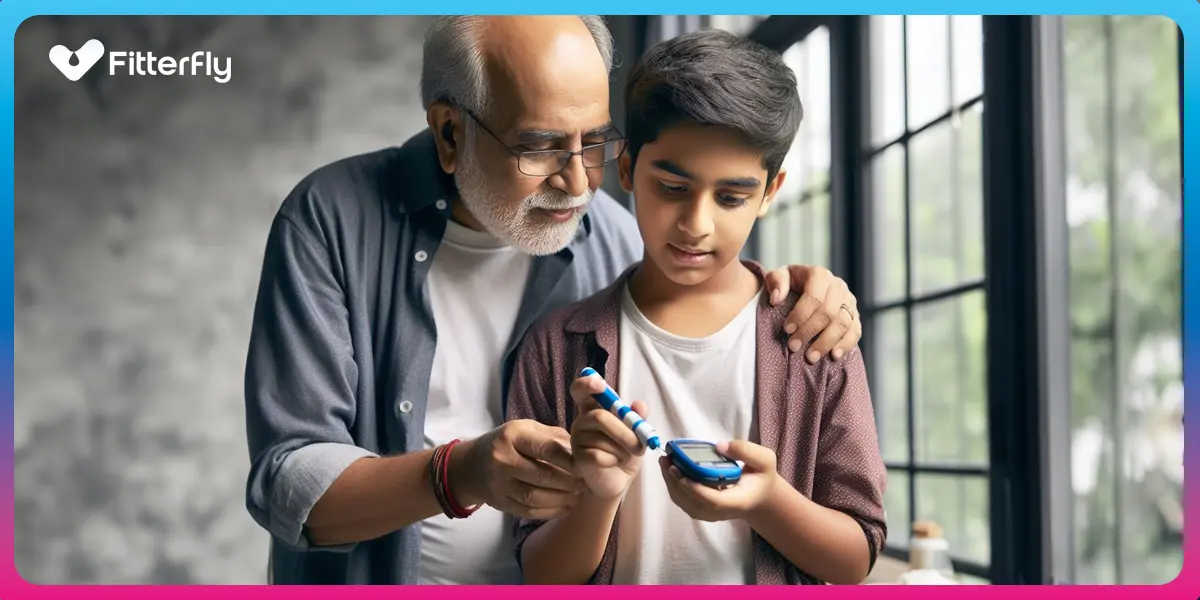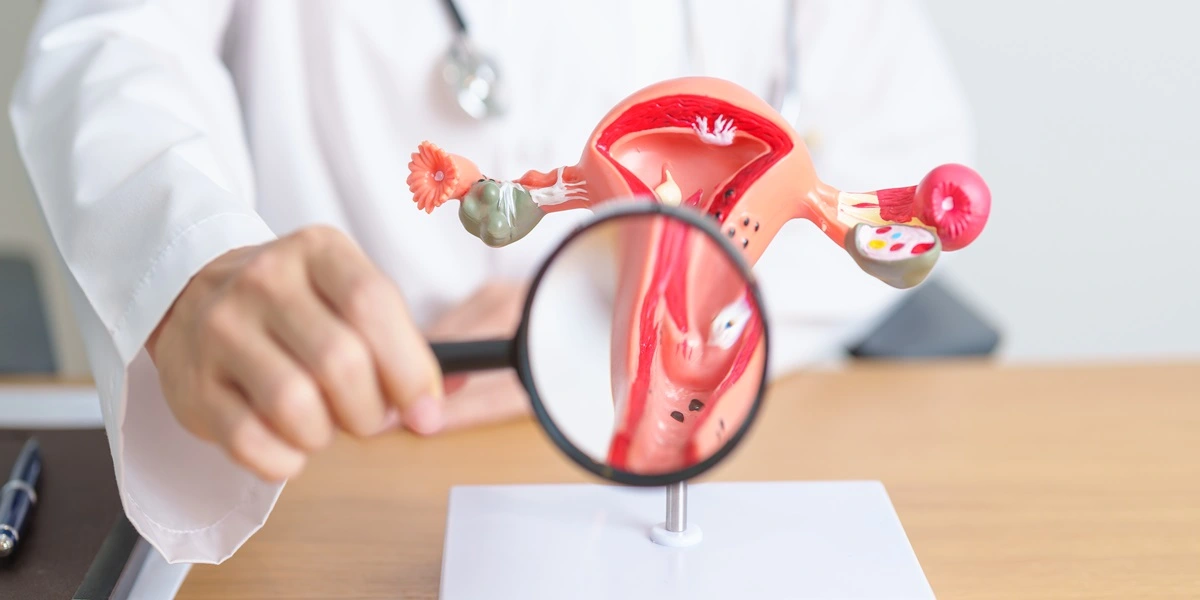Is Red Rice Good For Diabetes?
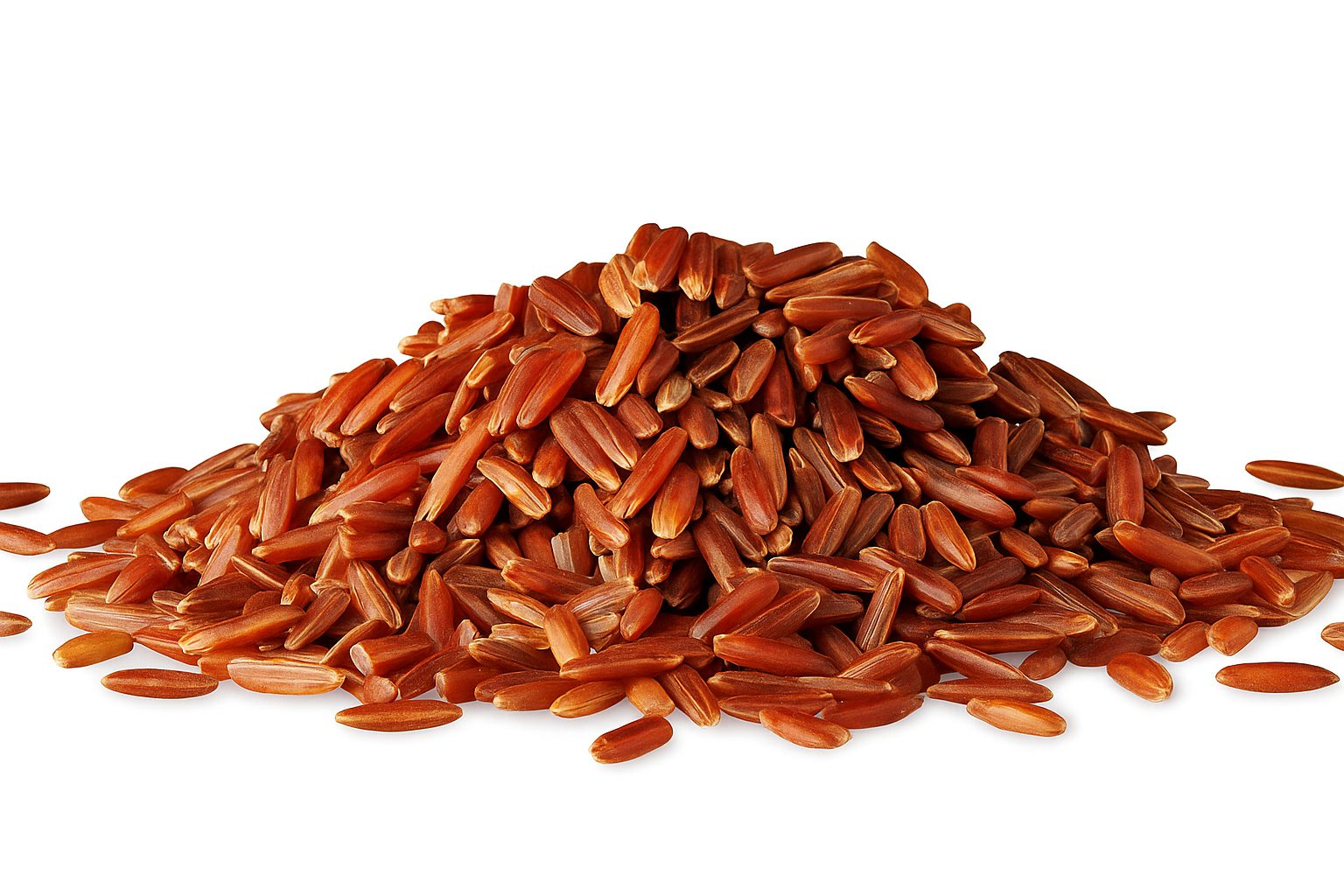
From north to south, east to west, rice and wheat are staples on every Indian household’s lunch or dinner table. So, typically when we say rice, we mean the white, regular one which we buy from the kirana shop or the local market. But did you know that there is a type of rice that is naturally red in colour? I still remember the first time I was invited to my Malayali friend’s home during Onam. I got to eat a delicious payasam made with red rice, which has a unique flavour, and I was surprised to know about its nutritional value. So, the big question for you, if you are reading this blog: Is red rice good for diabetes?
Before we find out if red rice is good for diabetes, let us first understand what red rice is, its glycemic index and the recipes made out of it.
What is Red rice?
Red rice is a whole-grain rice which naturally has a reddish brown colour, which is due to a pigment called anthocyanin. It has a nutty, earthy taste and is also somewhat chewy. Unlike white rice, red rice retains its outer layers, including the bran (the outer layer) and germ (the nutrient-rich core), which preserve its nutritional benefits. Red rice is widely grown in Kerala and parts of Tamil Nadu, Karnataka, and the Northeast.
What is the Glycemic Index Of Red Rice?
Red rice GI is 63-65, and because of its medium glycemic index, the food is digested more slowly and releases glucose gradually into the bloodstream, which helps to maintain stable blood sugar levels. White rice has a high glycemic index, which causes a rapid spike in blood sugar.
Is Red Rice Good for People with Diabetes?
Yes, Red rice is good for people with diabetes because it has a lower impact on blood sugar compared to white rice.
- Low Glycemic Index: Red rice has a lower GI than white rice, which means it releases sugar into the bloodstream more slowly, which helps to avoid a sudden rise in blood sugar levels.
- High in Fiber: Red rice is high in fiber, which slows down digestion and sugar absorption. Keeps you feeling full, so you eat less.
- Nutritional and Medicinal Value: Red rice is a rich source of bioactive compounds, including phenolics, antioxidants, and essential fatty acids. The antioxidants present in red rice may help to reduce inflammation and improve heart health, which is particularly important for individuals with diabetes.
- Supports Weight Management: High fiber and a low glycemic index help to control cravings and maintain a healthy weight, and which is important for managing diabetes.
How to Check if Red Rice Works for You?
- The best way to know if red rice, or for that matter, any food, suits your body is to track how your blood sugar responds after eating it. If you use a Continuous Glucose Monitor(CGM), you can easily observe your Personal Glycemic Response(PGR).
- If you don’t use a CGM, you can still check your response with a simple post-prandial blood sugar test. Eat your usual portion of red rice as part of a regular meal, then test your blood sugar two hours after eating.
| Important Note: Portion control is the most important thing to keep in mind while eating anything. Even if it is a healthy food item, eating in larger quantities will, by default, spike your blood sugar levels. Pairing red rice with vegetables, salad, dal, and curd further helps in stabilising glucose levels. |
What Are Red Rice Recipes for Blood Sugar Control?
| Recipe | Ingredients | Method | Tips |
|
|
|
|
|
|
|
|
|
|
|
|
Does Red Rice Interfere With Diabetes Medication?
Red rice contains essential vitamins and minerals and is usually recommended for people with diabetes. However, it is always important to consult a healthcare professional or dietitian before making changes to your diet.
What are the Best Grain Alternatives for People with Diabetes?
Along with red rice, people with diabetes can also include a variety of other healthy whole grains in their diet, such as steel-cut oats, barley, quinoa, whole brown rice and buckwheat.
| Also Read: Top 10 Foods That Raise Blood Sugar Quickly |
Bottom line:
Red rice is an alternative to white rice with a medium glycemic index, making it a better option for people with diabetes. However, the final call depends on how your body responds, either through PGR or post-prandial testing. Eating red rice along with vegetables, protein, and curd makes it an even smarter choice. In short, red rice can be part of a balanced, diabetes-friendly diet when eaten mindfully.
How Can Fitterfly Help You?
Eating red rice alone won’t magically reduce belly fat overnight, but choosing the correct type of rice and incorporating it into a planned, balanced diet can support weight management, along with regular exercise and a healthy diet.
Whether it is for you, a family member, or a close friend or close relative putting efforts to manage your blood sugar levels or lose weight, the journey can often feel confusing at times.That is exactly where Fitterfly steps in.
For example, red rice has a lower glycemic index compared to white rice. Eating it in the proper portions can be a wise choice for your health.
Our expert nutrition coaches help you understand exactly how to add rice to your meals in a way that supports your goals. With personalised one-on-one guidance, you can enjoy your meals without stress and make simple choices that actually work for you.
Click on the banner below.
Call us at 08068507599 for more information.
This blog provides general information for educational and informational purposes only and shouldn't be seen as professional advice.
Frequently Asked Questions
What are the risks of eating too much red rice for people with diabetes
Eating too much red rice can cause high blood sugar and weight gain.
How much red rice can a person with diabetes eat?
Although red rice GI is medium, people with diabetes should eat it in moderation and monitor their blood sugar levels. The best way to know if it suits your body is to check your blood sugar after a meal, either using a Continuous Glucose Monitor (CGM) or a simple post-meal test two hours after eating your usual portion.
Can red rice replace white rice in everyday meals?
Yes. It can be used in dishes like pulao, khichdi, and salads. Try adding protein-rich foods like curd as a dressing on salads and as a side with pulao and khichdi, which helps stabilise blood sugar levels.











